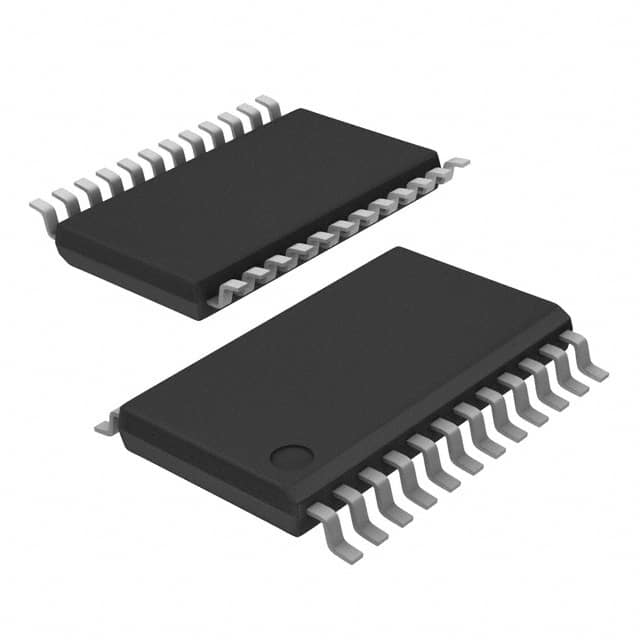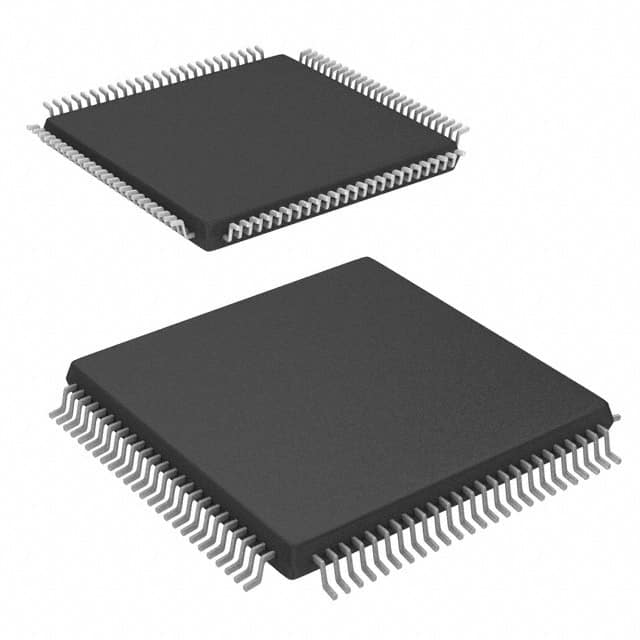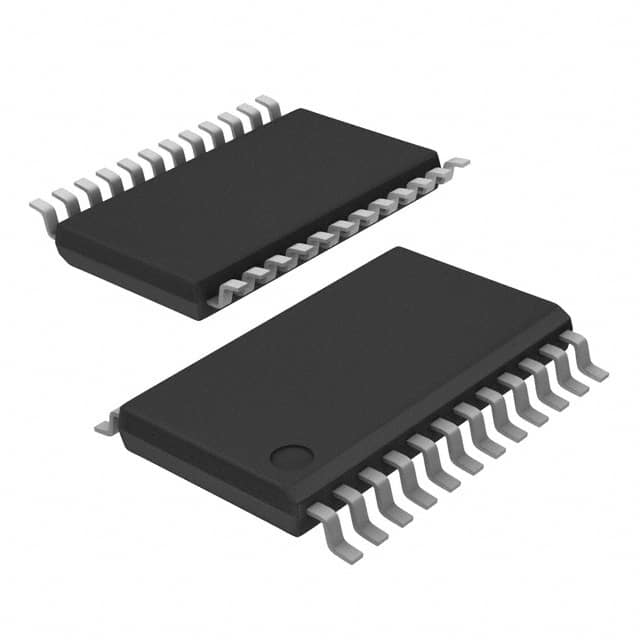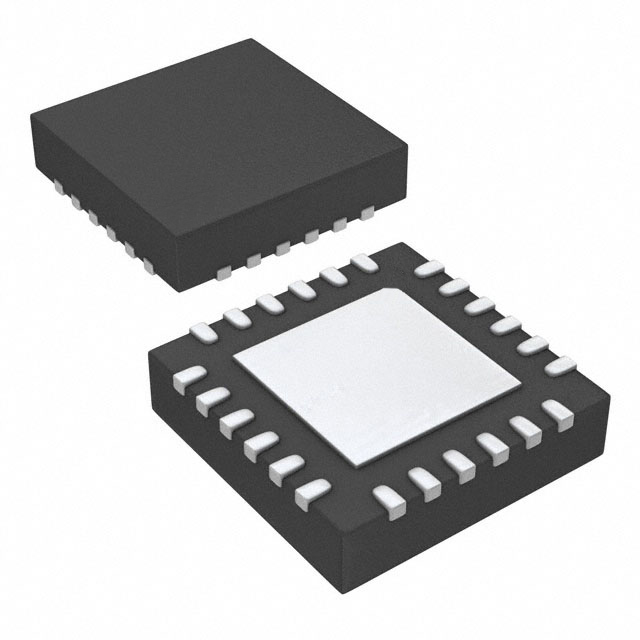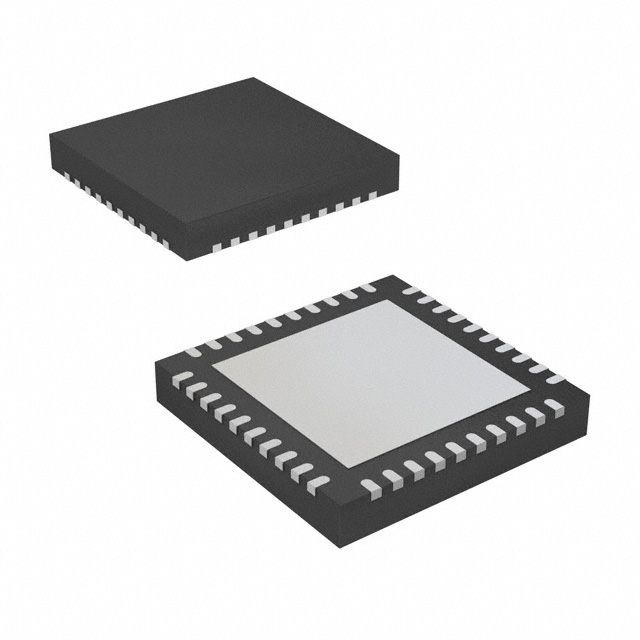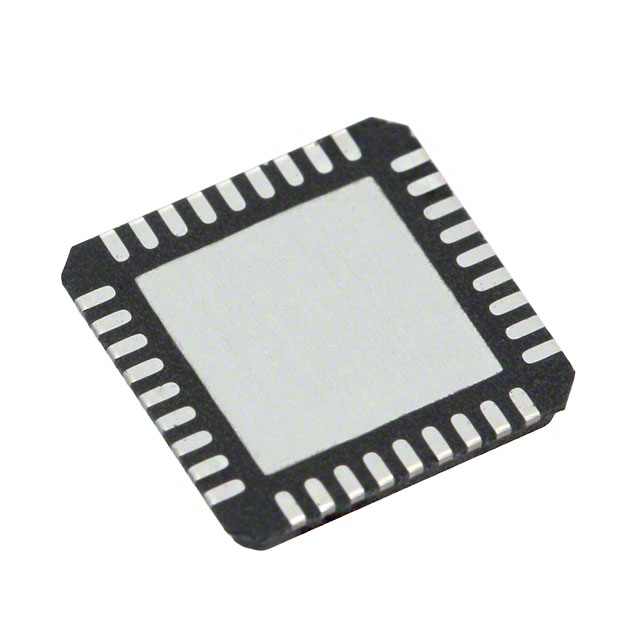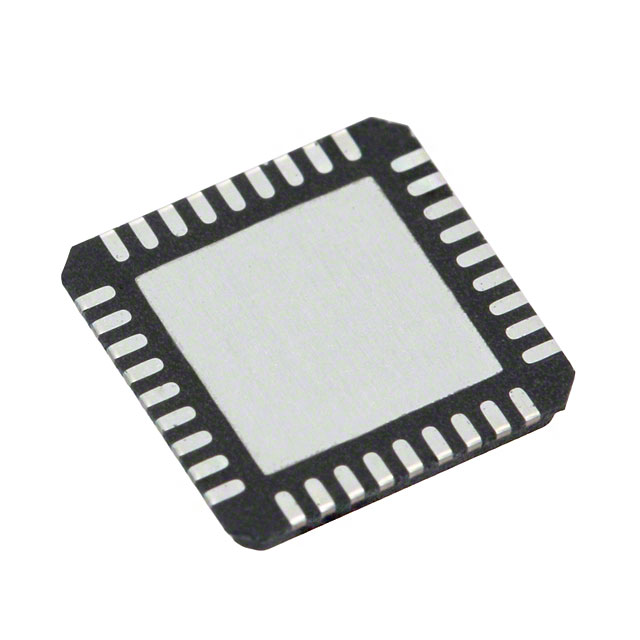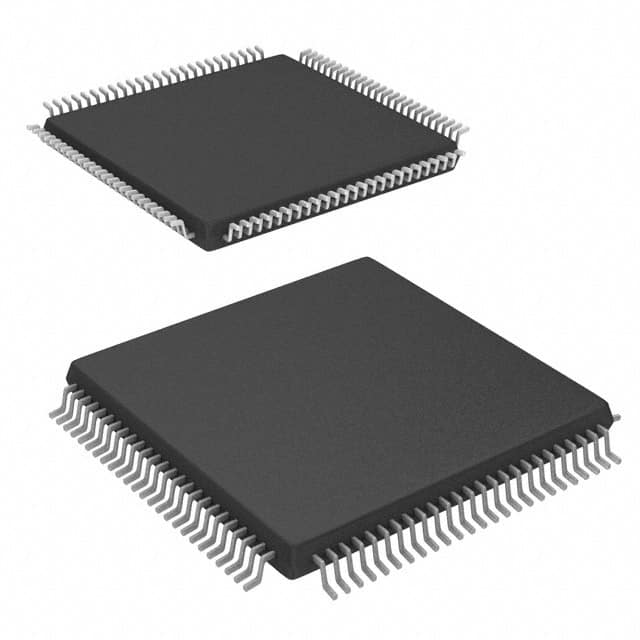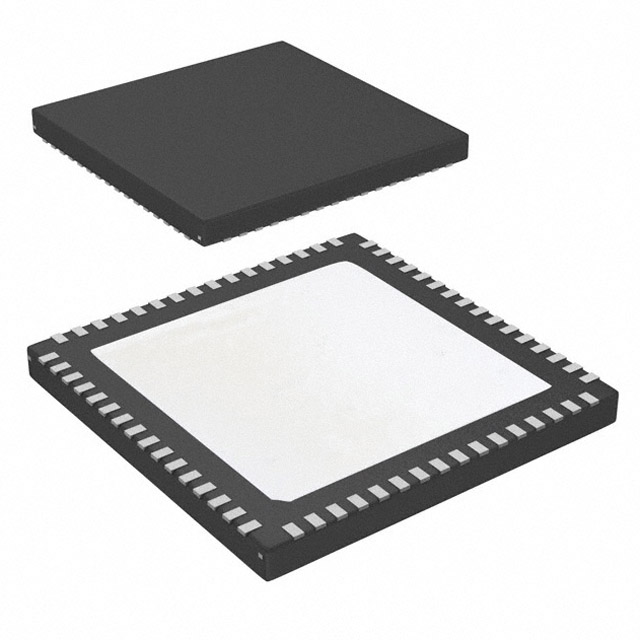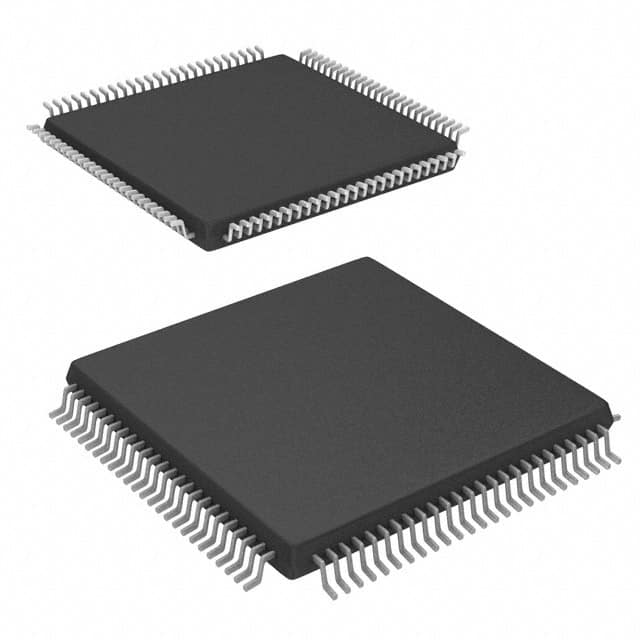SI5384A-D00100-GMR Product Introduction:
Skyworks Solutions Inc. Part Number SI5384A-D00100-GMR(Clock/Timing - Clock Generators, PLLs, Frequency Synthesizers), developed and manufactured by Skyworks Solutions Inc., distributed globally by Jinftry. We distribute various electronic components from world-renowned brands and provide one-stop services, making us a trusted global electronic component distributor.
SI5384A-D00100-GMR is one of the part numbers distributed by Jinftry, and you can learn about its specifications/configurations, package/case, Datasheet, and other information here. Electronic components are affected by supply and demand, and prices fluctuate frequently. If you have a demand, please do not hesitate to send us an RFQ or email us immediately sales@jinftry.com Please inquire about the real-time unit price, Data Code, Lead time, payment terms, and any other information you would like to know. We will do our best to provide you with a quotation and reply as soon as possible.
Introducing the SI5384A-D00100-GMR, the latest innovation from Skyworks Solutions Inc. This cutting-edge product is designed to revolutionize the field of wireless communication with its advanced features and unparalleled performance.
The SI5384A-D00100-GMR boasts a wide range of features that make it a standout in the market. With its high-speed data conversion capability, it enables seamless transmission of data, ensuring fast and reliable communication. Its low power consumption ensures efficient energy usage, making it an ideal choice for battery-powered devices. Additionally, its compact size and easy integration make it suitable for a variety of applications.
This versatile product finds its application in various fields. In the telecommunications industry, it can be used in base stations, routers, and switches to enhance network performance. In the automotive sector, it can be integrated into infotainment systems, enabling seamless connectivity and entertainment options for passengers. It also finds its use in industrial automation, medical devices, and consumer electronics, providing reliable and efficient wireless communication solutions.
With the SI5384A-D00100-GMR, Skyworks Solutions Inc. continues to push the boundaries of wireless communication technology. Its advanced features and wide range of applications make it a game-changer in the industry. Experience the future of wireless communication with the SI5384A-D00100-GMR from Skyworks Solutions Inc.
Clock Generators are circuits or devices used to generate stable and precise pulses of electrical signals. The clock signal generated by it provides a unified time benchmark for various electronic devices, ensuring that the components of the device can synchronize operations and actions.PLL (Phase Locked Loop and phase-locked Loop) is a kind of circuit is used to control the frequency and Phase. It can convert the frequency and phase of an input signal into the frequency and phase of another output signal to realize the synchronization of frequency and phase. Frequency Synthesizers are devices that use one or more standard signals to generate a large number of discrete frequency signals through various technical approaches. It can realize precise control and adjustment of frequency to meet the needs of different application scenarios.
Application
Clock Generators are widely used in computer chips, digital circuits, radio communication, audio and video equipment and other electronic equipment. The clock signal generated by it is the basis for the normal operation of these devices, ensuring the stable transmission and processing of data. PLL (phase-locked Loop) is mainly used to detect and track the frequency and Phase of the input signal and convert it into a stable output signal. It can change the frequency of the input signal to achieve a specific purpose, such as signal synchronization, frequency conversion, etc. Frequency Synthesizers generate a series of high-precision frequency sources with a certain frequency interval through synthesis technology to provide the required frequency signals for various electronic devices. It is widely used in applications requiring accurate frequency control, such as radar, communications, electronic countermeasures and other fields.
FAQ about Clock/Timing - Clock Generators, PLLs, Frequency Synthesizers
-
1. How does the output frequency of the PLL frequency synthesizer change?
The core of the PLL frequency synthesizer is to change the output frequency by adjusting the various components in the loop. The basic working principle of the PLL frequency synthesizer is to generate a stable frequency signal through the interaction of the phase detector, loop filter and voltage-controlled oscillator. When the output frequency needs to be changed, the control voltage of the voltage-controlled oscillator can be changed by adjusting the input signal or by an external control signal to adjust its output frequency.
-
2. Why do clocks use PLL?
The reason why clocks use PLL is because PLL can provide a stable high-frequency clock signal to ensure the precise operation and synchronization of electronic systems. PLL (Phase Locked Loop) compares the phase difference between the input signal and the output signal generated by the voltage-controlled oscillator (VCO) and adjusts the frequency of the VCO so that the phase of the output signal is synchronized with the phase of the input signal. This synchronization process is achieved through a closed-loop feedback system, which ensures the stability and accuracy of the clock signal.
The main functions of PLL include:
Providing a stable high-frequency clock signal: PLL generates a stable high-frequency clock based on the reference clock provided by the oscillator to ensure stable circuit timing.
Frequency synthesis: PLL can multiply or divide the frequency of the input signal to generate a clock signal of the required frequency.
Phase control: By adjusting the phase of the output signal, it ensures synchronization with the input signal and reduces phase deviation.
In modern electronic systems, the role of clock signals is very important. It is not only used to synchronize the operation of various components and ensure that key time parameters are within the allowable range, but also regulates the connection speed of data transmission in communication systems. The application of PLL ensures the accuracy and stability of the clock signal and improves the performance and reliability of the entire system.
-
3. What is the difference between PLL and oscillator?
The main difference between PLL and oscillator lies in their functions and features. PLL has the ability of phase locking and frequency tracking, which can provide higher frequency stability, especially in the presence of an external reference signal. Oscillators usually generate fixed-frequency signals and do not have these functions of PLL.
Specifically, oscillators are devices used to generate periodic signals. Common types include RC oscillators, LC oscillators, and crystal oscillators. RC oscillators have a simple structure and low cost, but poor frequency stability and accuracy; LC oscillators have good frequency stability, but are large in size and high in cost; crystal oscillators have extremely high frequency stability, but are expensive.
PLL is a feedback control circuit that can compare the output of the oscillator with a reference signal, generate a control voltage based on the phase difference, and thus adjust the frequency and phase of the oscillator to synchronize it with the reference signal. PLL can generate output signals with higher or lower frequencies than the reference signal, and is usually more complex to design and implement than oscillators, with higher power consumption and cost.
Whether to choose an oscillator or PLL depends on the specific application requirements. If a fixed frequency signal is required and cost and complexity are a concern, an oscillator is the appropriate choice. If precise frequency control and low phase noise are required and a stable reference signal is available in the system, a PLL is a better choice.
 Lead free / RoHS Compliant
Lead free / RoHS Compliant












